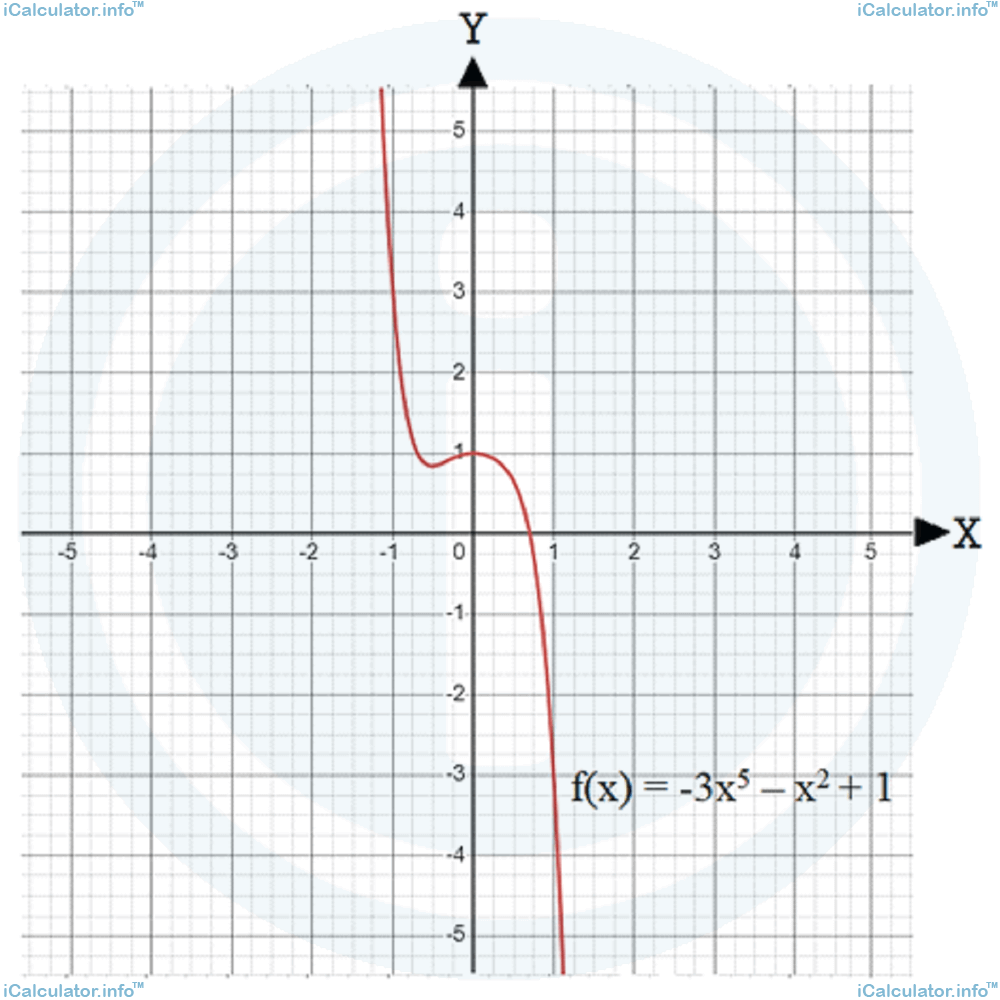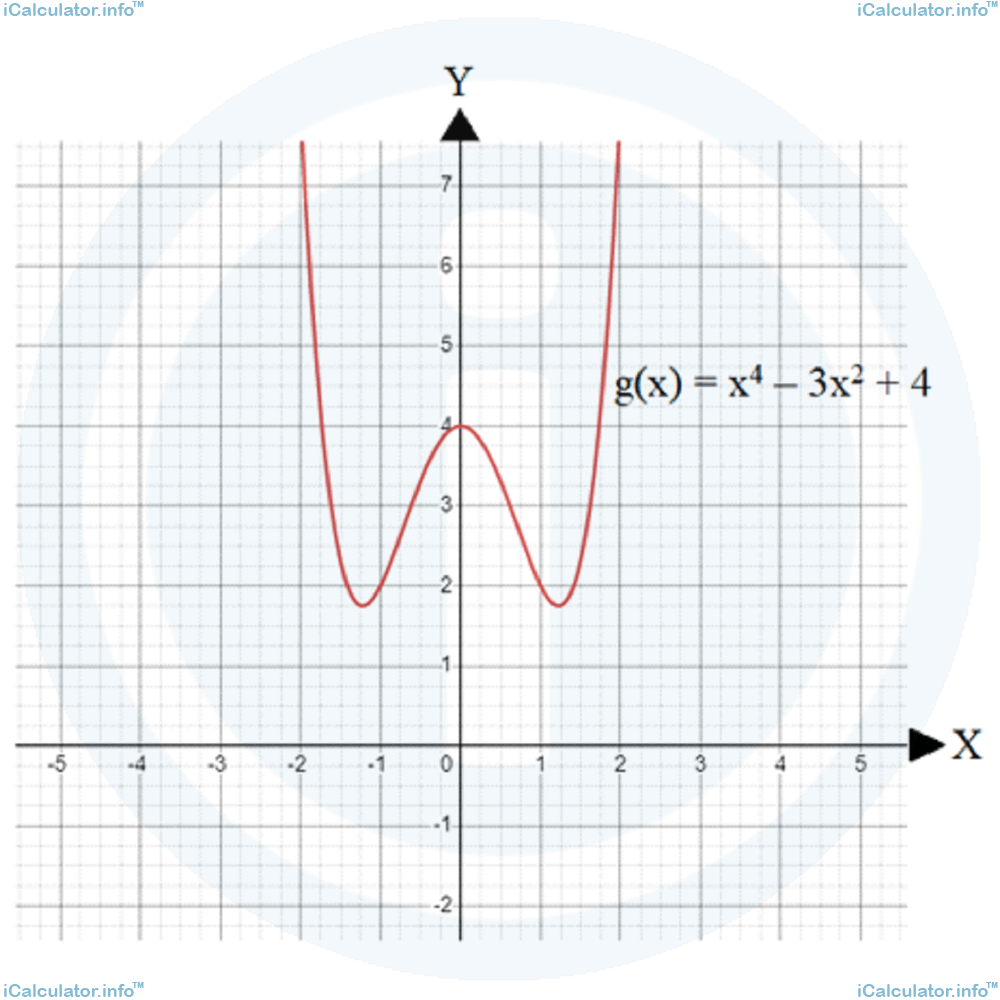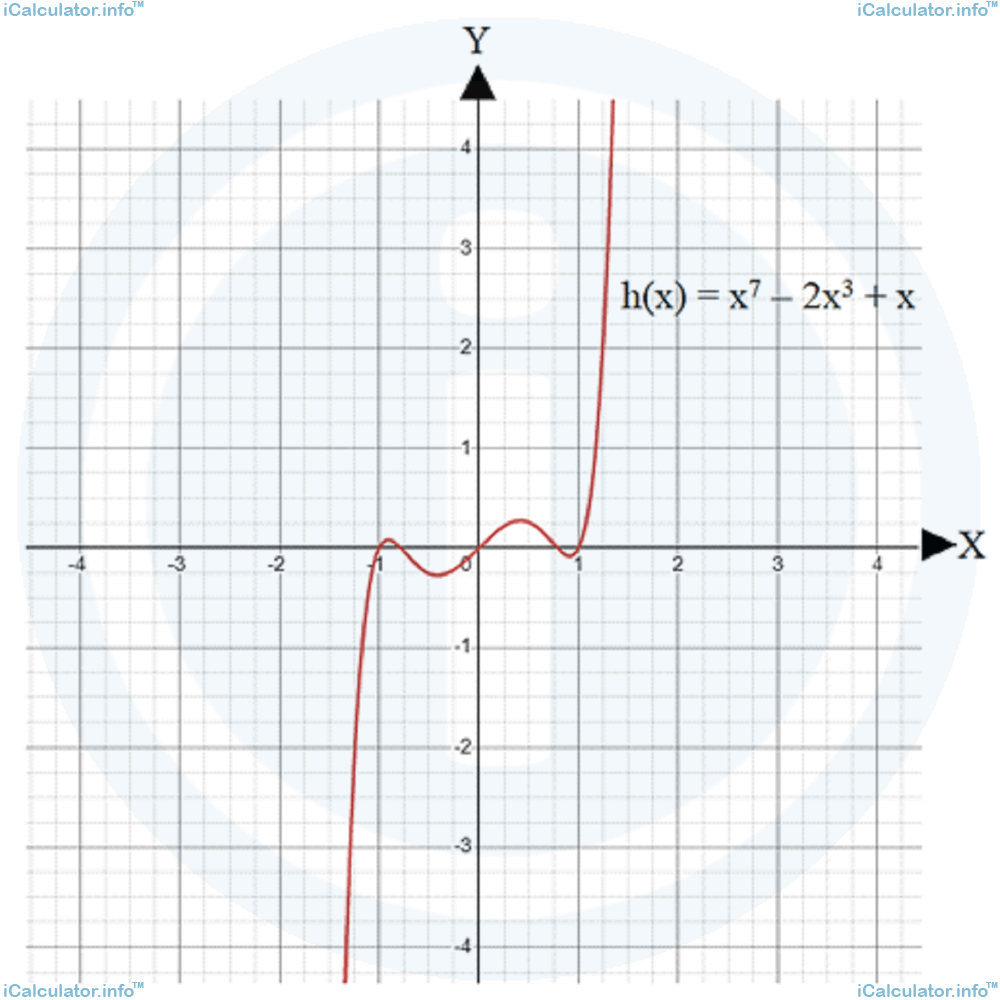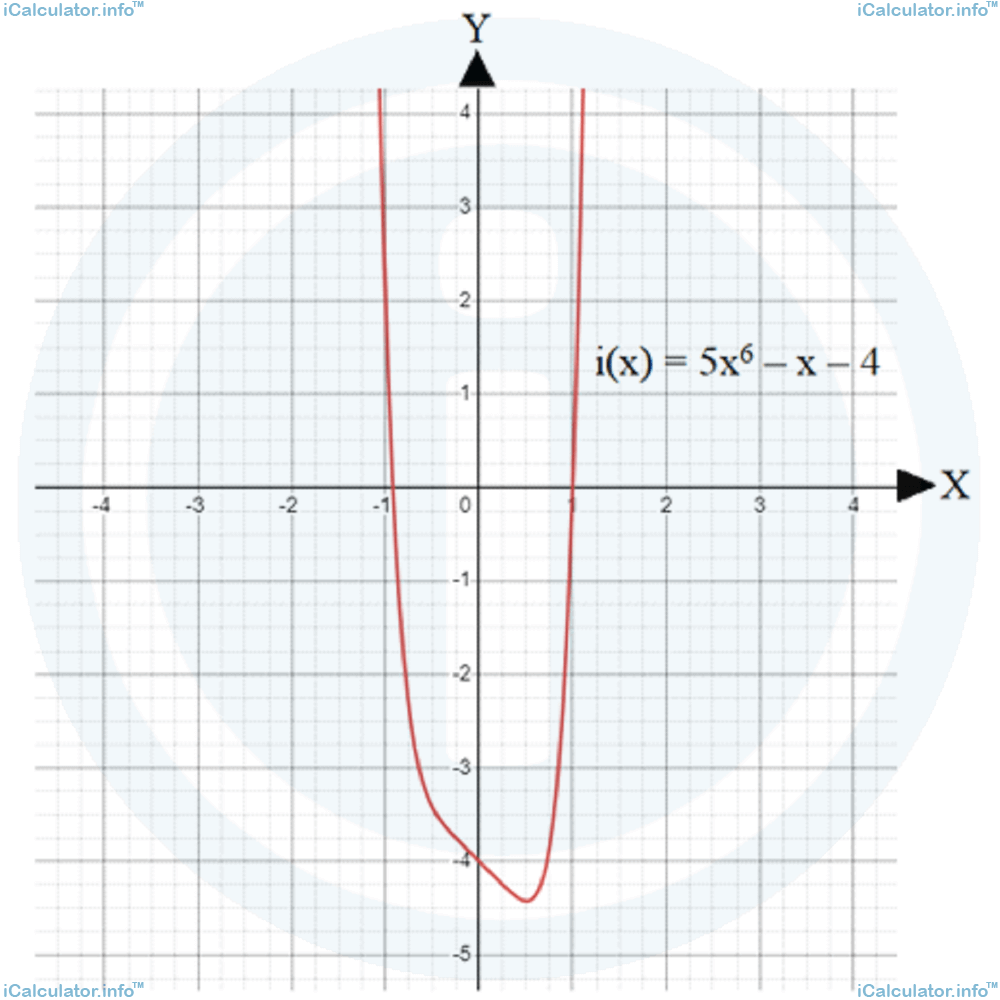Menu
Math Lesson 16.7.7 - Conclusions about the Evenness and Oddness of a Function
Please provide a rating, it takes seconds and helps us to keep this resource free for all to use
Welcome to our Math lesson on Conclusions about the Evenness and Oddness of a Function, this is the seventh lesson of our suite of math lessons covering the topic of Even and Odd Functions, you can find links to the other lessons within this tutorial and access additional Math learning resources below this lesson.
Conclusions about the Evenness and Oddness of a Function
From all discussed above, we can draw the following conclusions about the evenness/oddness of a function f(x):
- Even functions must be sought among even-degree polynomials while odd functions among odd-degree polynomials. For example, some linear functions (first-degree polynomial functions) can be odd but none of the second-degree (quadratic) polynomial functions can be odd.
- Linear functions of the general form f(x) = ax + b are odd only for b = 0, i.e. when the graph passes through the origin. For example, f(x) = 2x is odd as b = 0 but g(x) = 2x - 1 is not odd, as b = -1.
- Quadratic functions of the general form f(x) = ax2 + bx + c are even only for b = 0, i.e. when the vertex lies on the vertical axis. For example, f(x) = 3x2 - 2 is an even function as b = 0 but g(x) = 3x2 + 2x - 2 is not even as b = 2.
- Cubic functions of the general form f(x) = ax3 + bx2 + cx + d are odd only for b = 0 and d = 0, i.e. when the graph passes through the origin. For example, f(x) = x3 - 5x = 0 is odd, as b = 0 and d = 0. However, g(x) = x3 - 2x2 - 5x + 1 is not odd, as b = -2 and d = 1.
- Biquadratic functions (fourth-degree polynomial functions) of the general form f(x) = ax4 + bx3 + cx2 + dx + e is even only for b = 0 and d = 0, i.e. when the middle local minimum/maximum passes through the vertical axis. For example, f(x) = 2x4 - 5x2 - 1 is even, as b = 0 and d = 0, while g(x) = 2x4 - x3 + 5x2 + 3x - 1 is not even, as b = -1 and d = 3.
In general, odd-degree polynomial functions are only odd if the coefficients of the even-degree terms are 0 (i.e. if the even-degree terms do not exist in that function), while even-degree polynomial functions are only even if the coefficients of the odd-degree terms are 0 (i.e. if the odd-degree terms do not exist in that function).
Example 7
Determine the evenness/oddness of the following polynomial functions by analysing the coefficients/constants and confirm your solution using the graph method.
- f(x) = -3x5 - x2 + 1
- g(x) = x4 - 3x2 + 4
- h(x) = x7 - 2x3 + x
- i(x) = 5x6 - x - 4
Solution 7
- This is a fifth-degree polynomial function that is possibly odd. The general form of such functions is f(x) = ax5 + bx4 + cx3 + dx2 + ex + f. In order to be odd, the function f(x) must have only odd-degree terms. However, since this function contains an even-degree term (-x2), it is not odd because one of the even coefficients (the coefficient d) is not zero (it is -1).
Indeed, looking at the graph of this function (shown below) it is clear that it is not odd because it has no origin symmetry.
- This is a fourth-degree polynomial (biquadratic) function that is possibly even. The general form of such functions is g(x) = ax4 + bx3 + cx2 + dx + e. In order to be even, the function g(x) must have only even-degree terms. This occurs only if it has no odd-term coefficients. This is precisely the case in this example (b = 0 and d = 0), so the function g(x) is even.
Indeed, looking at the graph of this function (shown below) it is clear that it is even because it has a horizontal symmetry.
- This is a seventh-degree polynomial function that is possibly odd. The general form of such functions is h(x) = ax7 + bx6 + cx5 + dx4 + ex3 + fx2 + gx + h. In order to be odd, the function h(x) must have only odd-degree terms. This occurs only if it has no even-term coefficients. This is precisely the case in this example (b = 0, d = 0, f = 0 and h = 0), so the function h(x) is odd.
Indeed, looking at the graph of this function (shown below) it is clear that it is odd because it has an origin symmetry.
- This is a sixth-degree polynomial function that is possibly even. The general form of such functions is i(x) = ax6 + bx5 + cx4 + dx3 + ex2 + fx + g. In order to be even, the function i(x) must have only even-degree terms. This occurs only if it has no odd-term coefficients. However, this is not the case, as there is a non-zero odd-term coefficient (f = -1). Therefore, the function i(x) is not even.
Indeed, looking at the graph of this function (shown below) it is clear that it is not even because it has no horizontal symmetry.
You have reached the end of Math lesson 16.7.7 Conclusions about the Evenness and Oddness of a Function. There are 10 lessons in this physics tutorial covering Even and Odd Functions, you can access all the lessons from this tutorial below.
More Even and Odd Functions Lessons and Learning Resources
Whats next?
Enjoy the "Conclusions about the Evenness and Oddness of a Function" math lesson? People who liked the "Even and Odd Functions lesson found the following resources useful:
- Conclusion Feedback. Helps other - Leave a rating for this conclusion (see below)
- Functions Math tutorial: Even and Odd Functions. Read the Even and Odd Functions math tutorial and build your math knowledge of Functions
- Functions Revision Notes: Even and Odd Functions. Print the notes so you can revise the key points covered in the math tutorial for Even and Odd Functions
- Functions Practice Questions: Even and Odd Functions. Test and improve your knowledge of Even and Odd Functions with example questins and answers
- Check your calculations for Functions questions with our excellent Functions calculators which contain full equations and calculations clearly displayed line by line. See the Functions Calculators by iCalculator™ below.
- Continuing learning functions - read our next math tutorial: Relation and Function
Help others Learning Math just like you
Please provide a rating, it takes seconds and helps us to keep this resource free for all to use
We hope you found this Math tutorial "Even and Odd Functions" useful. If you did it would be great if you could spare the time to rate this math tutorial (simply click on the number of stars that match your assessment of this math learning aide) and/or share on social media, this helps us identify popular tutorials and calculators and expand our free learning resources to support our users around the world have free access to expand their knowledge of math and other disciplines.